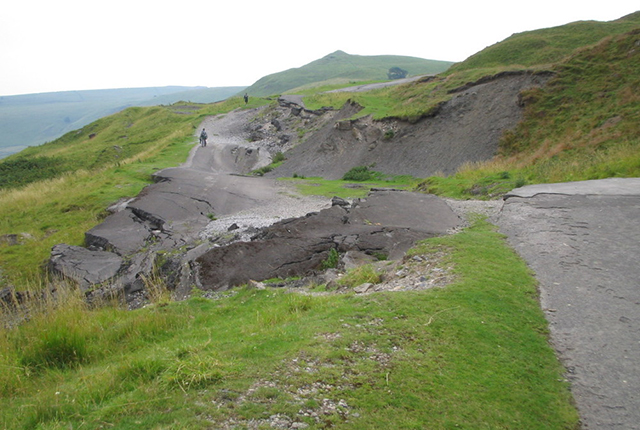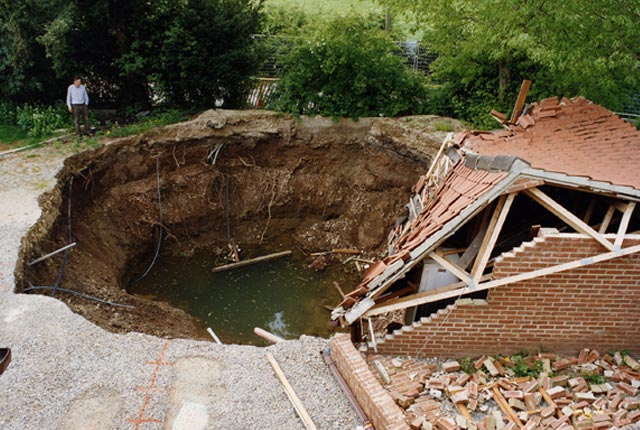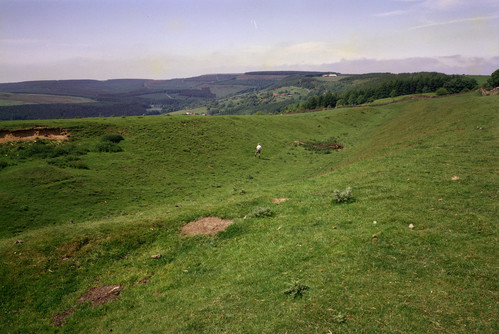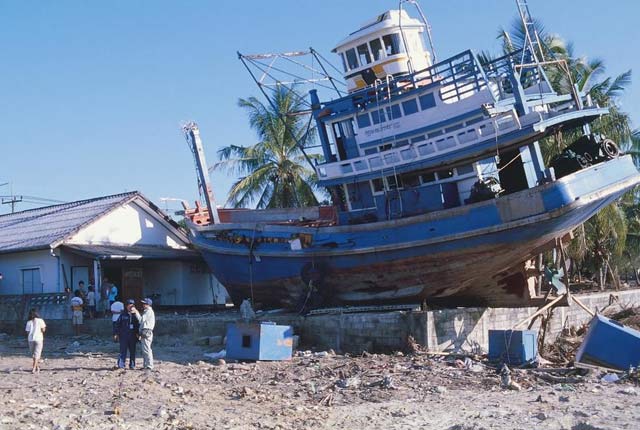Geohazards, such as volcanoes, earthquakes and landslides, are the natural geological processes that present a direct risk to people or an indirect risk by impacting development. They can be subdivided between earth hazards , such as earthquakes, volcanoes and tsunamis, and shallow geohazards.
Shallow geohazards occur in the near-surface, typically including landslides, sinkholes and discontinuities that result from cambering or fault reactivation, as well as a range of hazards that occur as a consequence of karst and Quaternary processes. The term ‘shallow geohazard’ has also been extended by engineering geologists to embrace properties of geological materials that are a potential risk to infrastructure and include:
- clay shrink-swell
- collapsible soils
- compressible soils
- soluble rocks
- ground gases
- soil piping
- soil geochemistry
- running sand
The properties associated with each of these geohazards are sensitive to changes in moisture content and therefore to the consequences of climate change and hydrohazards, including the various types of flooding: pluvial, fluvial and groundwater.
Collaborative shallow-geohazard research is important to society for planning and development and for infrastructure management. In the international context, this research contributes to resilience through the United Nations’ Sustainable Development Goals.
The focus of BGS shallow geohazards research is on developing and communicating better understanding of distribution, characterisation, susceptibility and triggering and potential impacts of shallow geohazards.
The BGS is home to the National Landslide Database, the National Karst Database and a National Sinkhole Database. Data is collected using methods that range from Earth observation to literature searches, social media and crowd science. We draw from our researchers’ skills to respond to geohazard events, e.g. landslides induced by the Nepal earthquake of 2015 and sinkholes (for example, Solotvyno, Ukraine), and we can assess data quality and representation in terms of size frequency distributions.
Conceptual classifications of shallow geohazards underpin geohazard communication, such landslide, sinkhole and shrink–swell potential, which is based on the Atterberg limits of the soil and its position on the Casagrande plasticity chart.
Modelling commonly requires more specific, field-based information, fo example dimensions, soil types and details of the triggering process. A number of techniques are used to collect this information, including Earth observation, ground based geomatics, geological and geomorphological mapping and ground investigation techniques such as probing, drilling and shallow geophysics. Examples of this activity include responsive visit case studies and specific research projects, as at Aldbrough and Barton on Sea.
Algorithms, based on process understanding, are developed to identify areas where the ground conditions are more susceptible to geohazards for our BGS GeoSure products. By adopting a domains approach, we are recognising that regions of common geology and geomorphology give rise to similar styles of geohazard. Perturbations (triggers) that initiate geohazards may be meteorological, tectonic (such as earthquakes) or anthropogenic.
Our shallow geohazard trigger threshold value research takes a number of approaches to identify hazard tipping points. Input data includes the monitoring data from geohazard observatories. By combining the concepts of susceptibility with MetOffice weather forecasting, we contribute to the Natural Hazards Partnership daily hazard assessment. This is being advanced by domain-scale, real-time modelling.
By integrating susceptibility with hazard characterisation, we can better understand the potential impact of geohazards. Our research on this topic relies on both the development of impact libraries and modelling, which enable risk assessment and the provision of information for early warning systems to protect vulnerable communities and modelling for multi-hazard research.
Find out more about our research
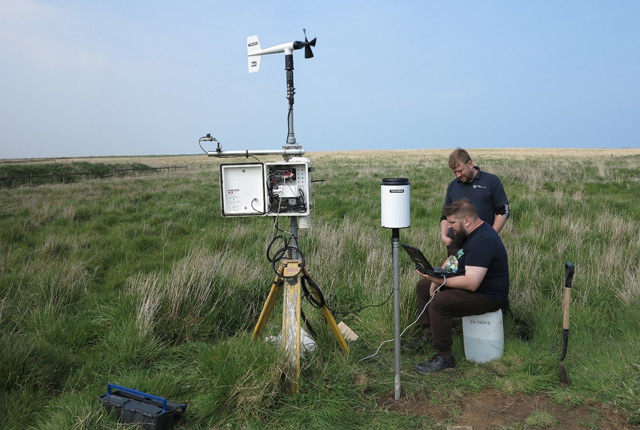
Hazard monitoring
Hazard monitoring provides valuable information for process understanding and for the science required for developing early warning systems to protect people and infrastructure.
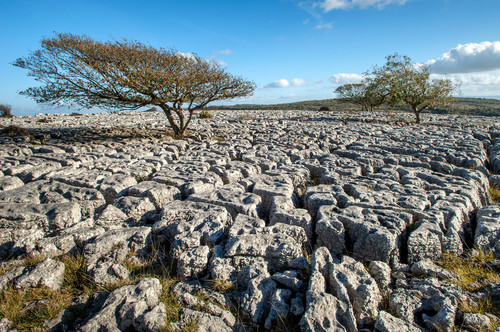
Sinkholes and karst research
Our research extends beyond the distribution and processes associated with sinkhole formation to the broader subject of karst.
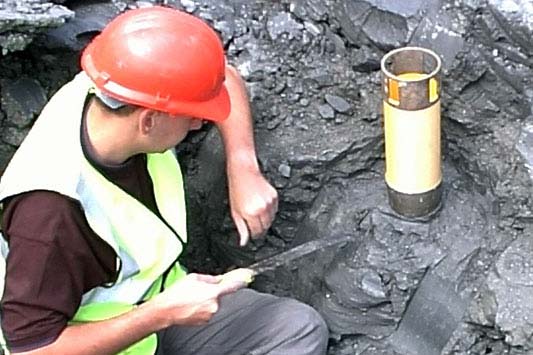
Swelling and shrinking soils
Shrink–swell, or expansive, soils are one of the most costly and widespread geological hazards globally, with costs estimated to run into several billion pounds annually.
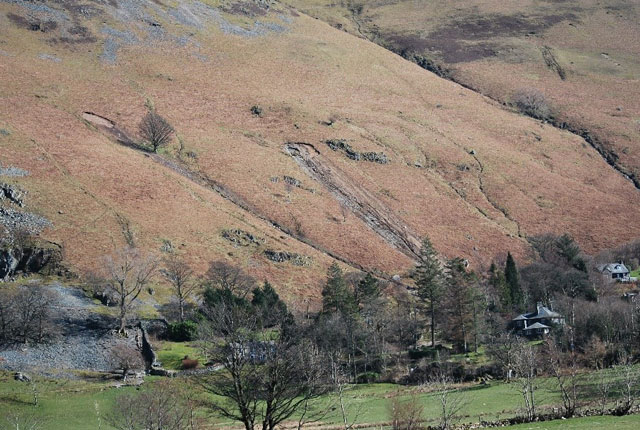
Soil piping
Soil piping is a naturally occurring hydraulic process that leads to the development of macropores (large, air-filled voids) in the subsurface that are associated with landslides and collapse subsidence.
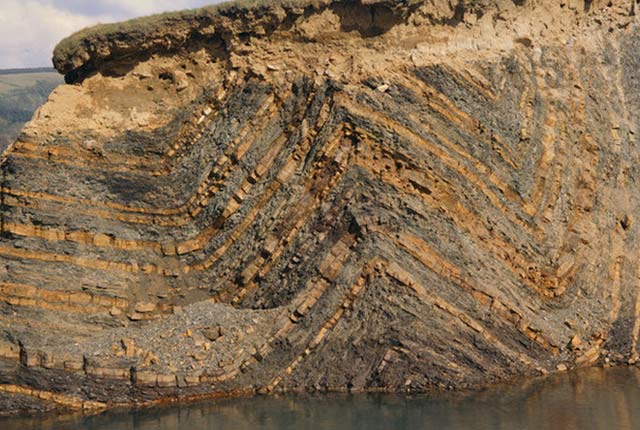
Cambering, gulls and valley bulging
Cambering, gulls and valley bulging are responses to stress relief that results from rapid erosion of the landscape in conjunction with gravitational forces.
Related news
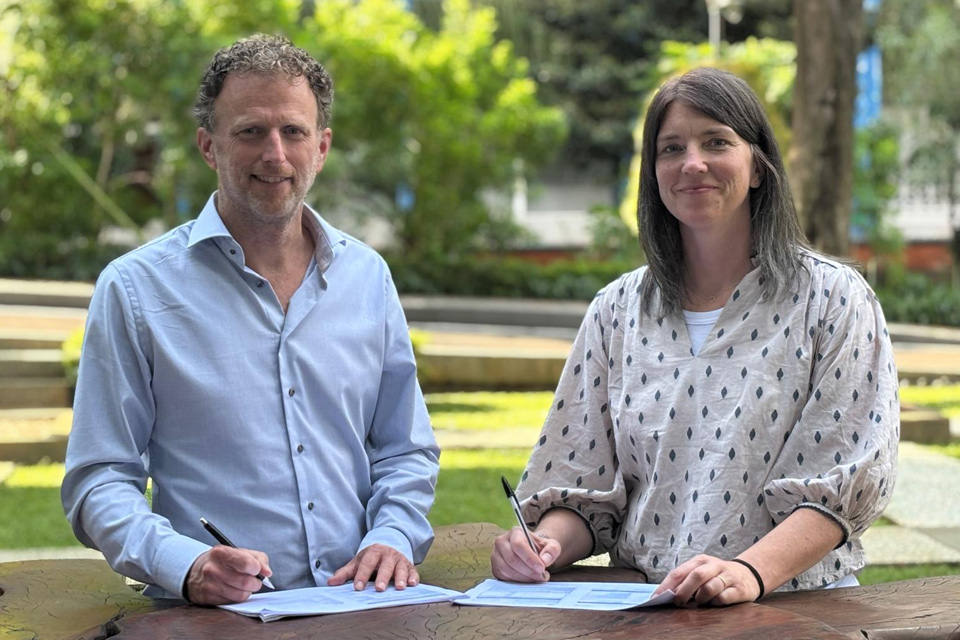
New collaboration aims to improve availability of real-time hazard impact data
19/06/2025
BGS has signed a memorandum of understanding with FloodTags to collaborate on the use of large language models to improve real-time monitoring of geological hazards and their impacts.
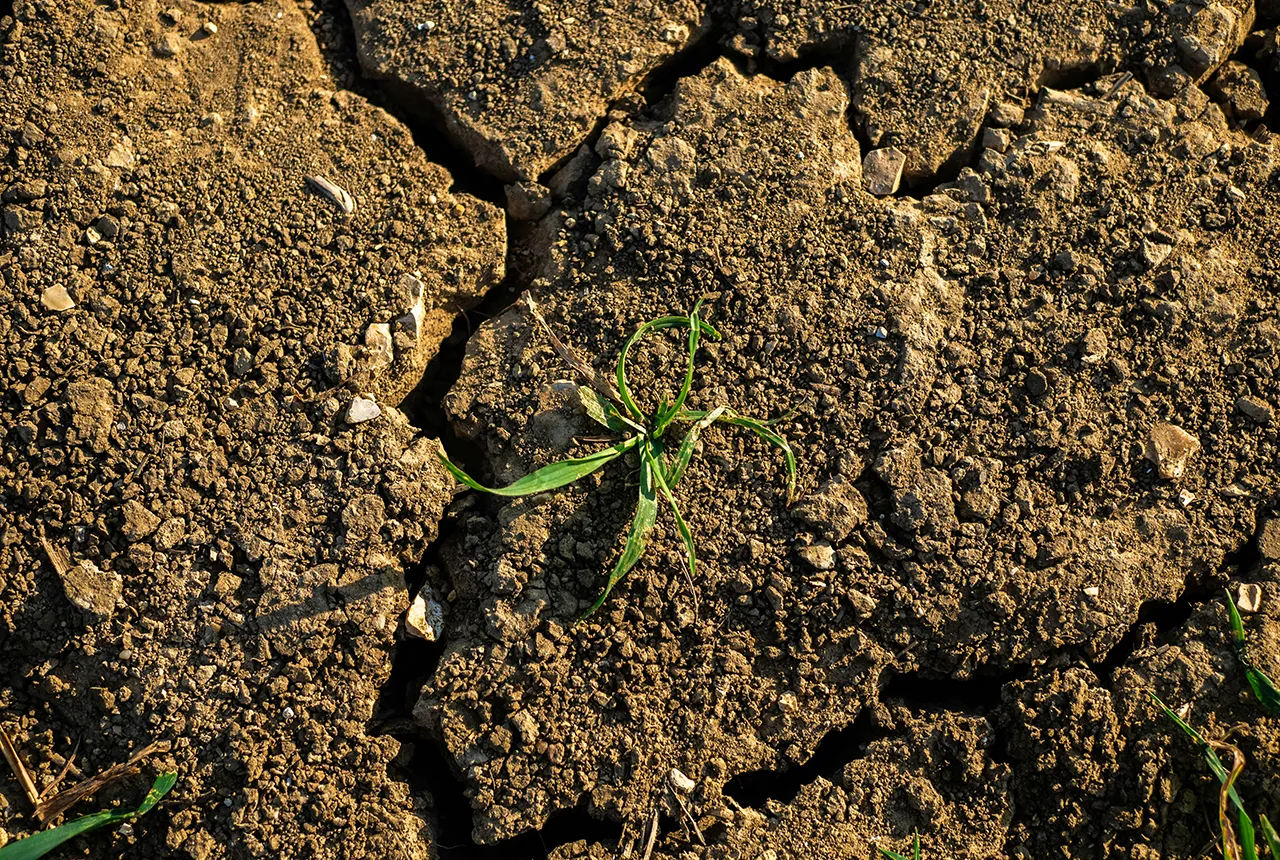
What is the impact of drought on temperate soils?
22/05/2025
A new BGS review pulls together key information on the impact of drought on temperate soils and the further research needed to fully understand it.
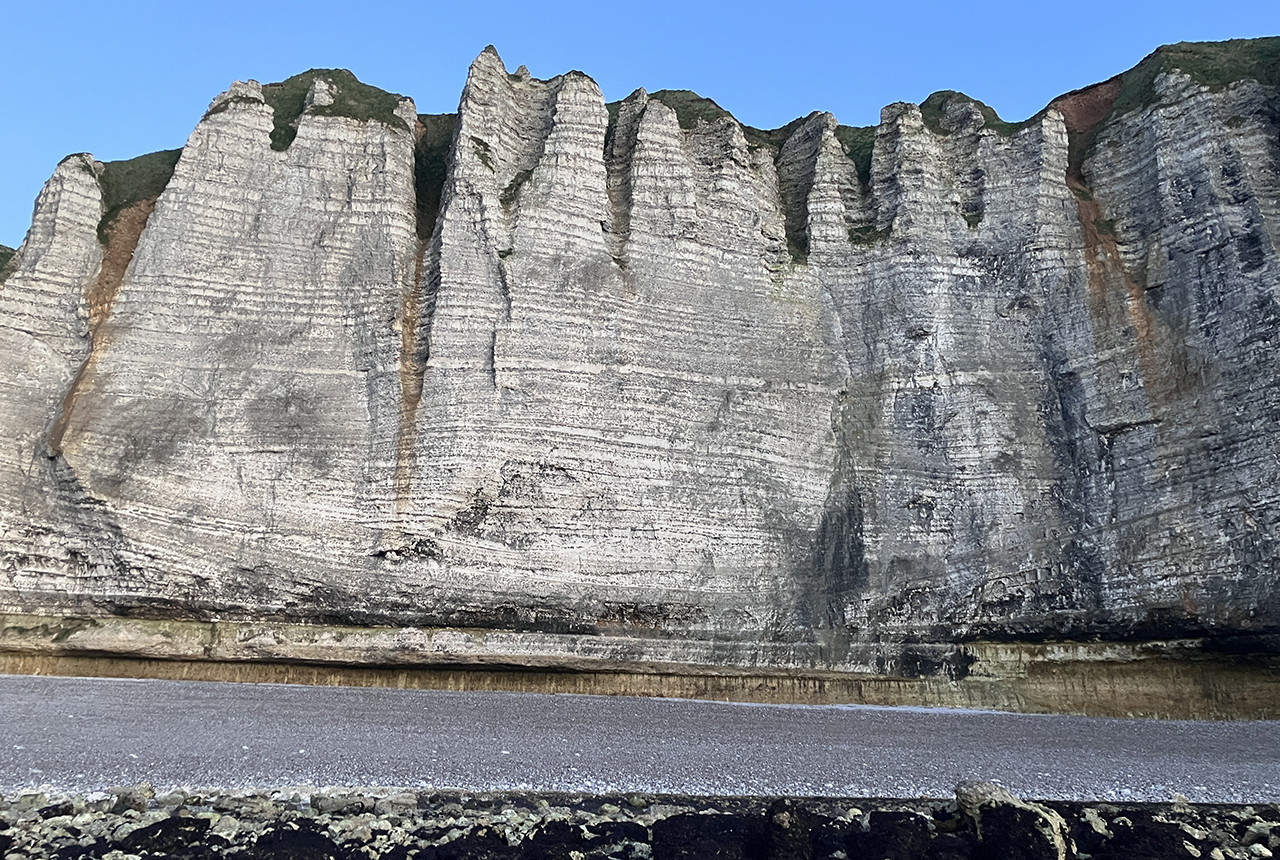
Geology sans frontières
24/04/2025
Geology doesn’t stop at international borders, so BGS is working with neighbouring geological surveys and research institutes to solve common problems with the geology they share.
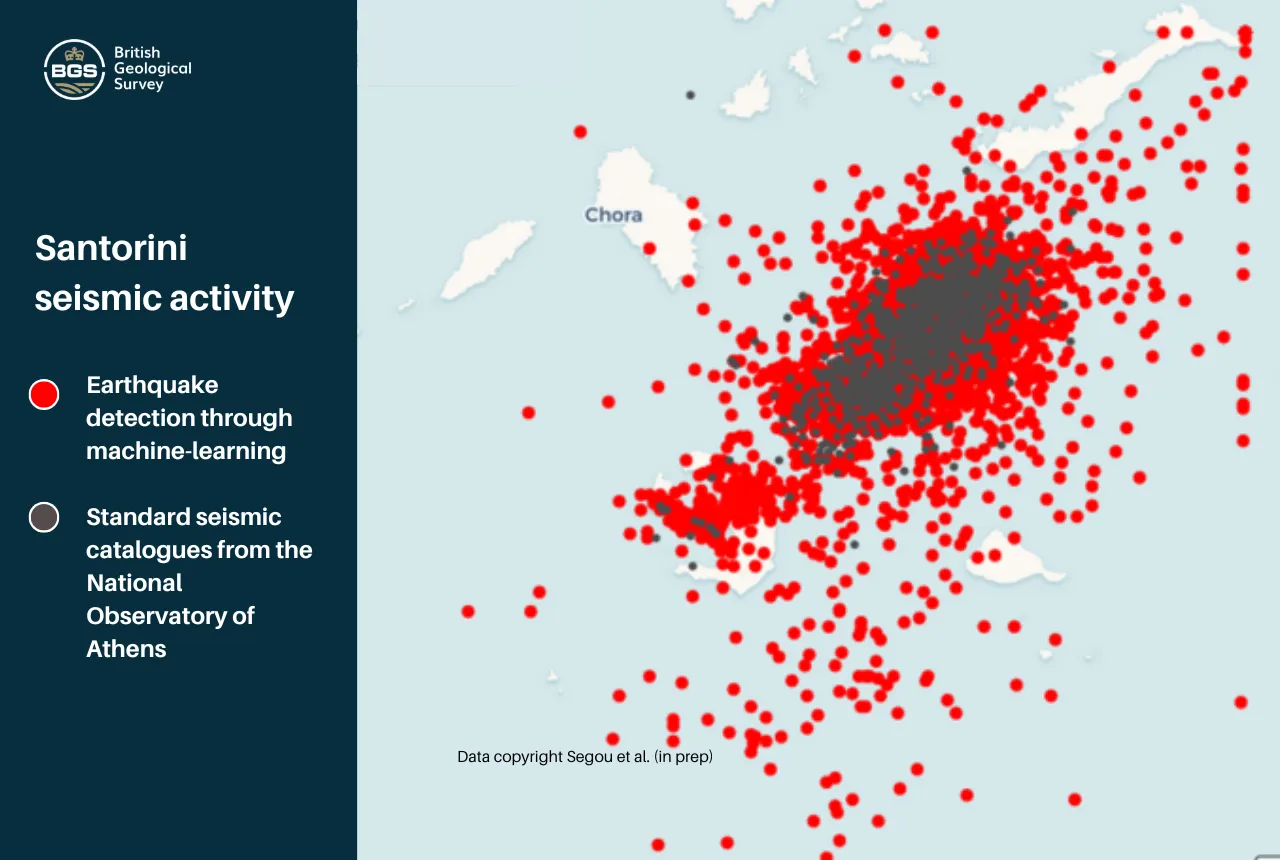
Artificial intelligence is proving a game changer in tracking the Santorini earthquake swarm
07/02/2025
Scientists are harnessing the power of machine learning to help residents and tourists by detecting thousands of seismic events.
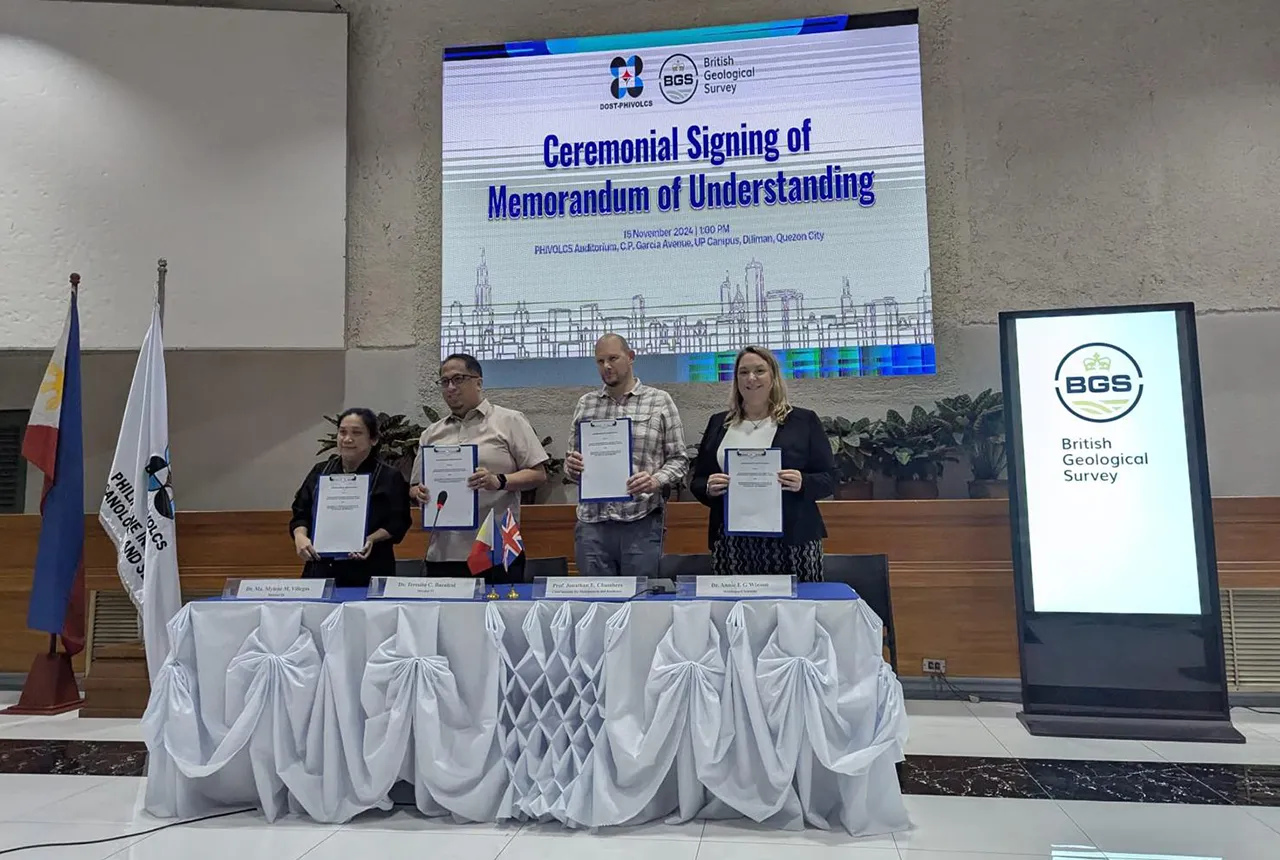
New Memorandum of Understanding paves the way for more collaborative research in the Philippines
21/01/2025
The partnership will focus on research on multi-hazard preparedness within the country.
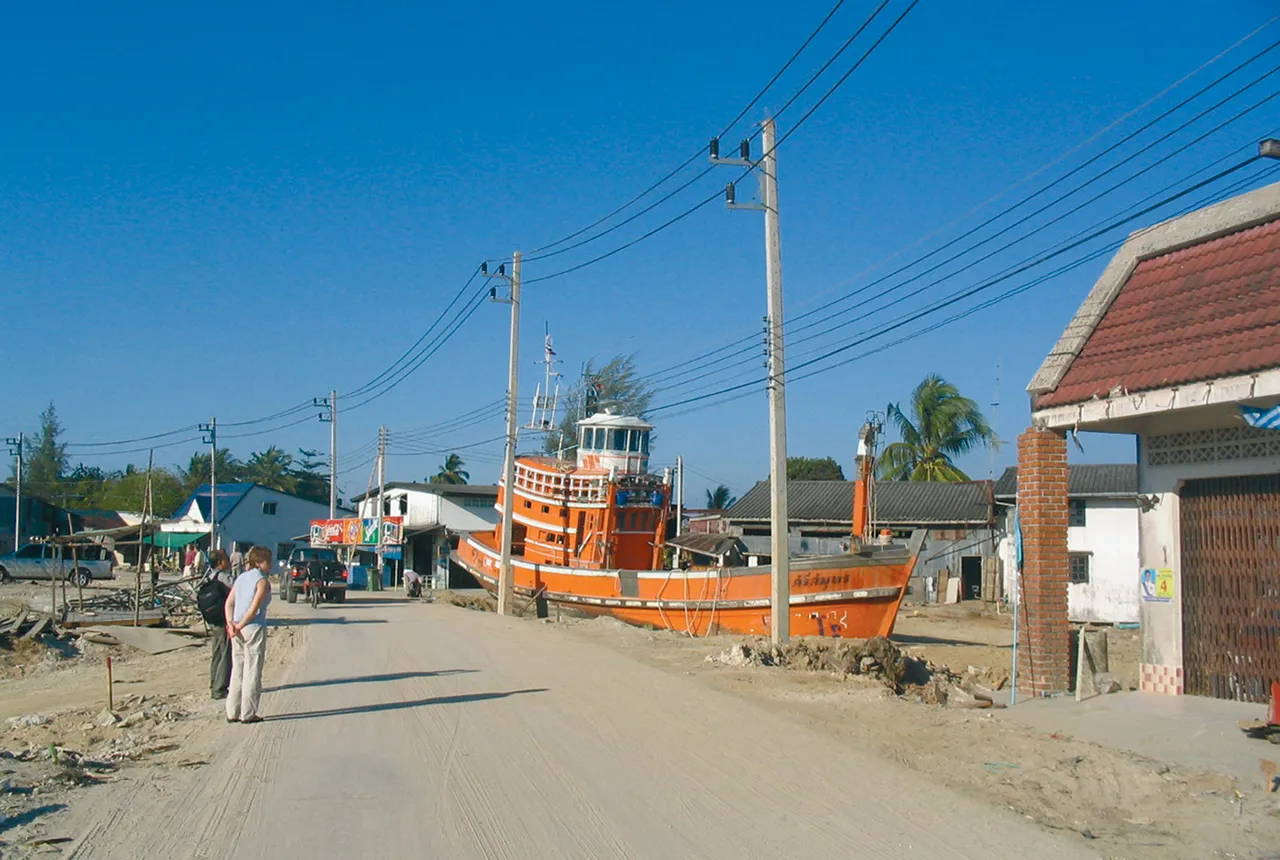
Twenty years on: the Indian Ocean earthquake and tsunami
26/12/2024
Boxing Day 2024 marks 20 years since the Indian Ocean earthquake and tsunami. Prof David Tappin reflects on the disaster and discusses what we have learnt since 2004.

Electromagnetic geophysics in Japan: a conference experience
23/10/2024
Juliane Huebert took in the fascinating sights of Beppu, Japan, while at a geophysics conference that uses electromagnetic fields to look deep into the Earth and beyond.
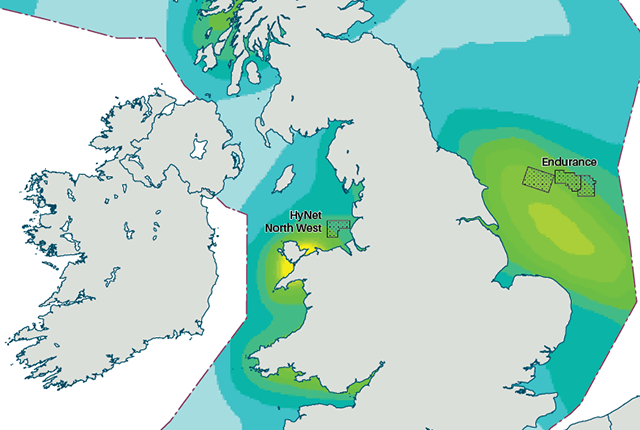
New hazard maps set to help safeguard UK offshore energy industry
12/09/2024
Essential geological model detailing seismic hazard published as the pursuit of new renewable energy infrastructure intensifies.

New appointments to BGS Science Advisory Committee
29/08/2024
The appointments mark the latest step in the ongoing delivery of BGS’s essential geological expertise.
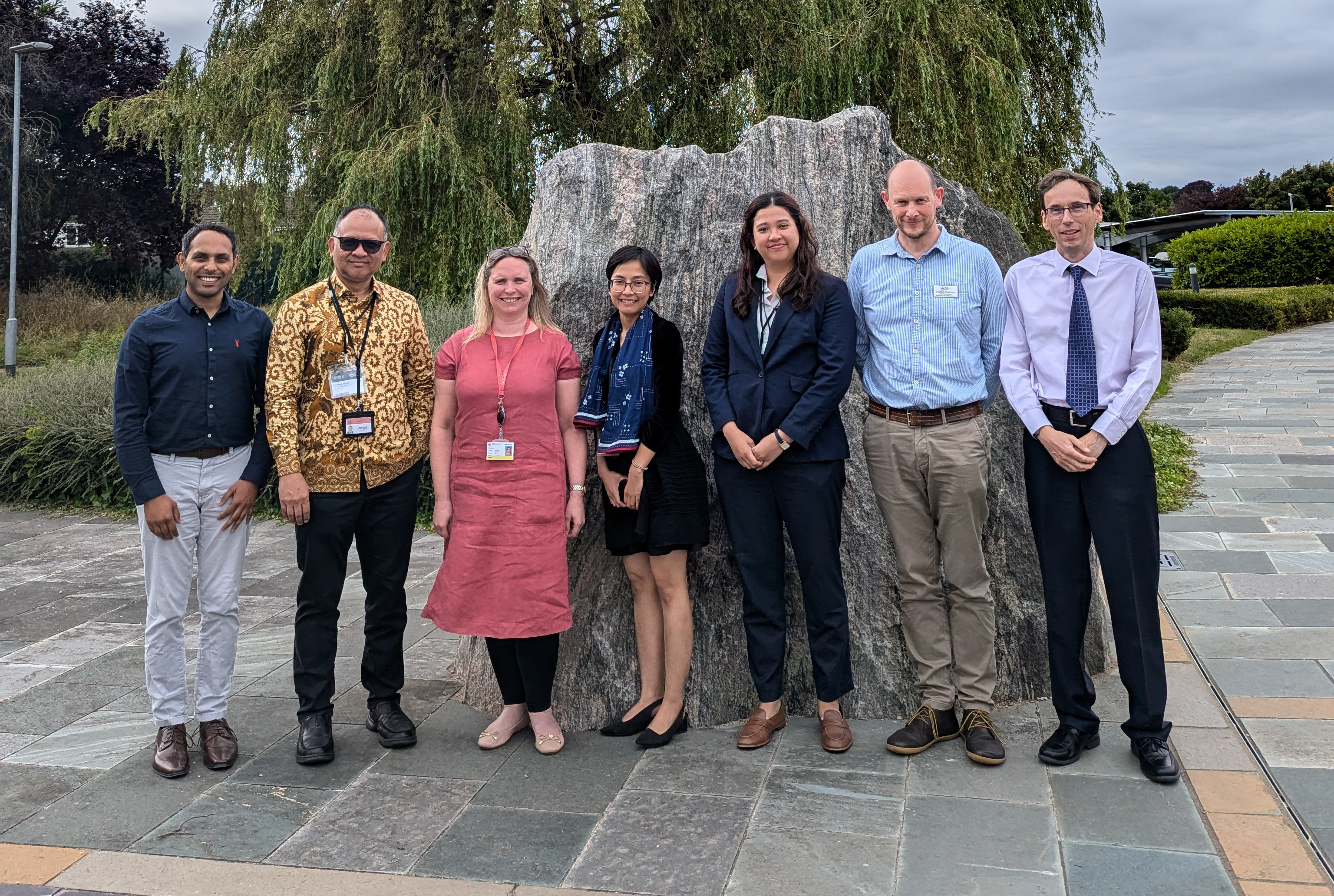
Visit by Indonesian Embassy representatives to BGS
27/08/2024
Strengthening BGS/Indonesia scientific research partnerships to address the complex challenges Indonesia faces from natural hazards and maximising opportunities from mineral resources and geothermal energy.
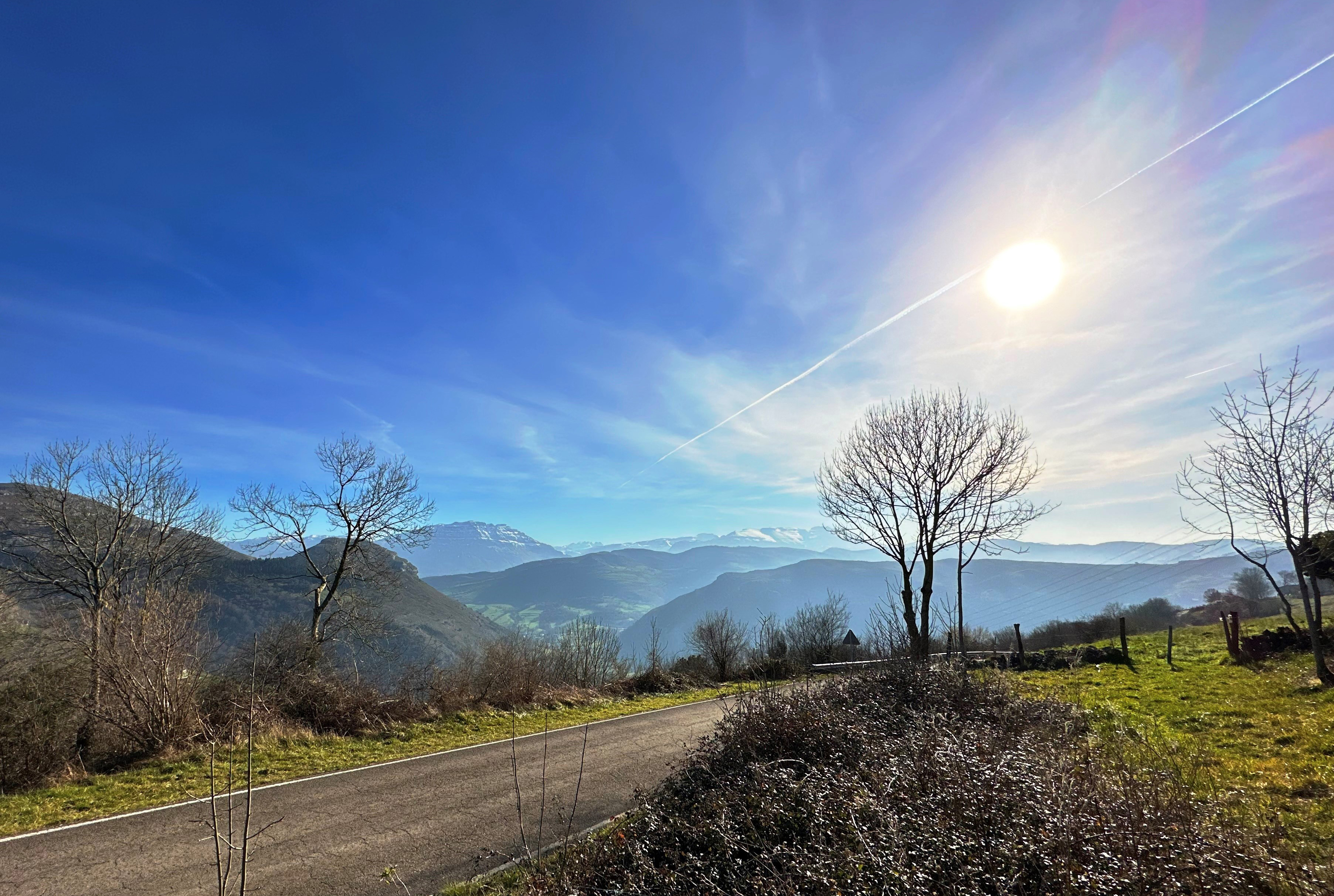
Extracting formation temperatures from stalagmites
14/08/2024
BGS’s Andrew Smith explores the karstic depressions of northern Spain in the quest to create a palaeothermometer.
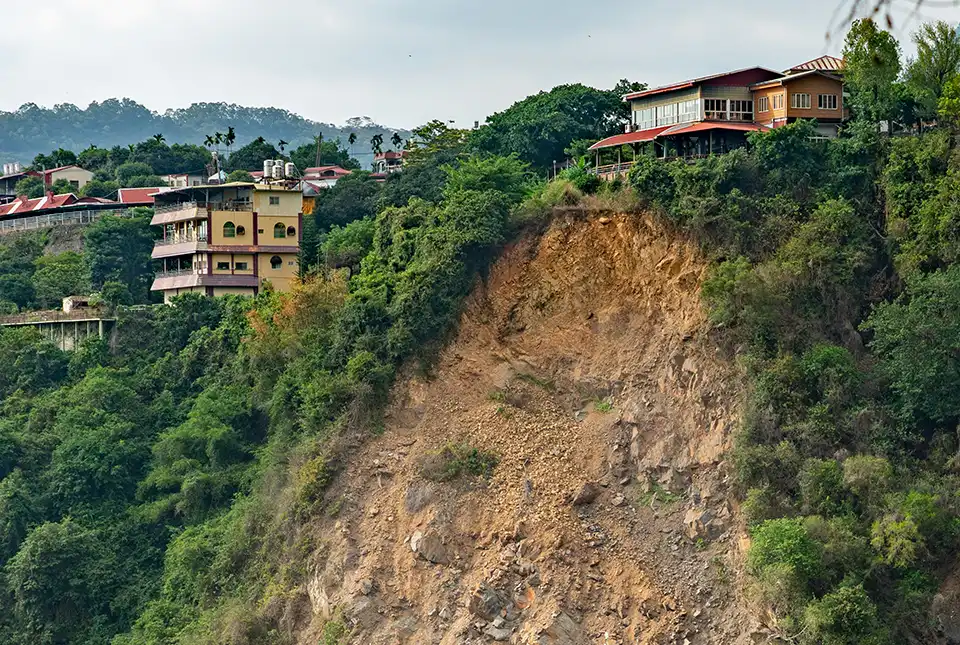
Studying multi-hazards from space
25/07/2024
A new European Space Agency-funded project will study the effect earthquakes have on occurrences of other natural hazards in the long-term.
You may also be interested in
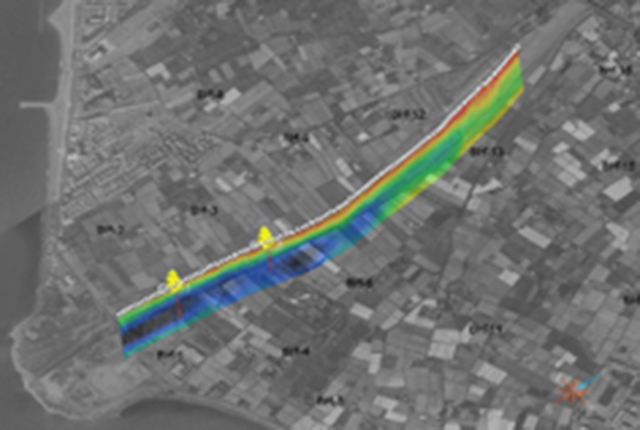
Shallow geophysics
Creating and using leading-edge technologies such as geophysical tomography to visualise the shallow subsurface.
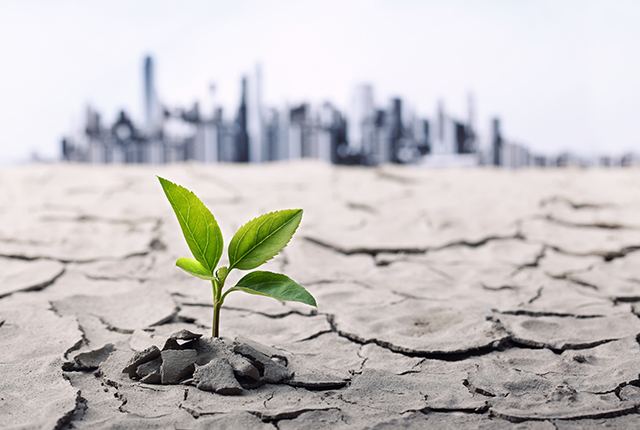
Hazard and resilience modelling
Developing new and innovative data products that deliver geoscientific information to a range of users in an accessible form.



